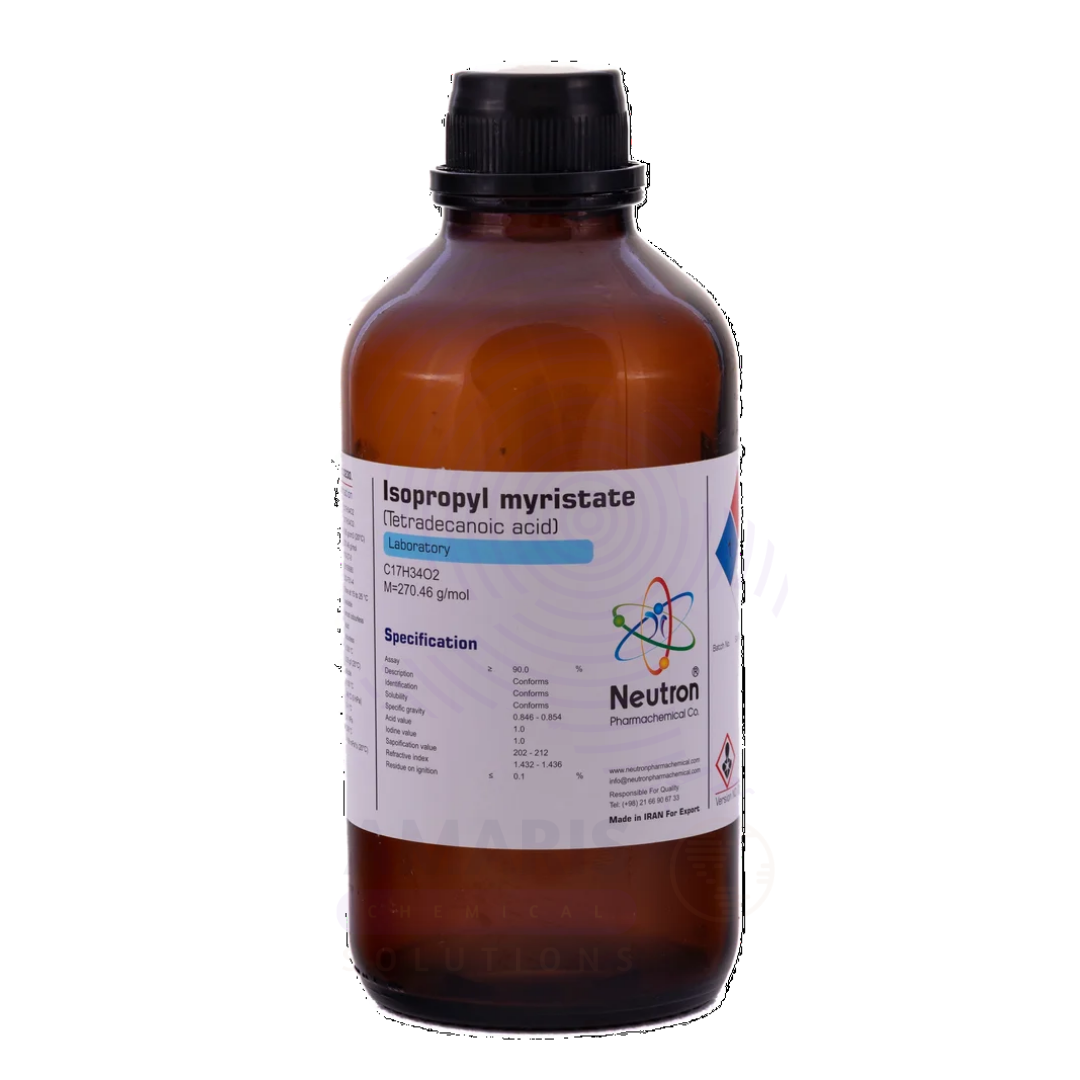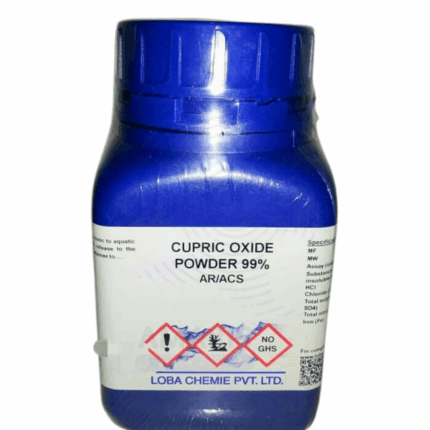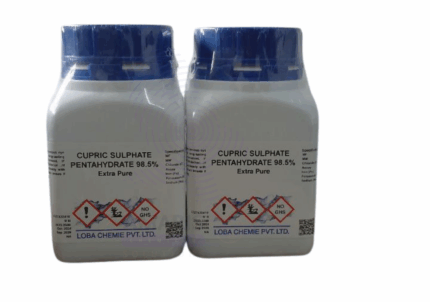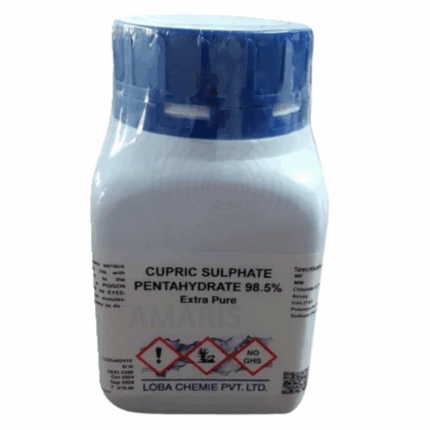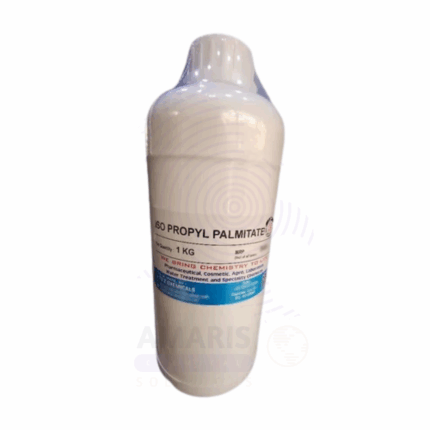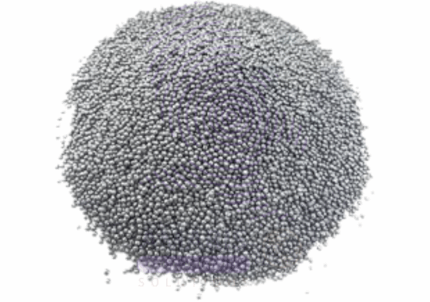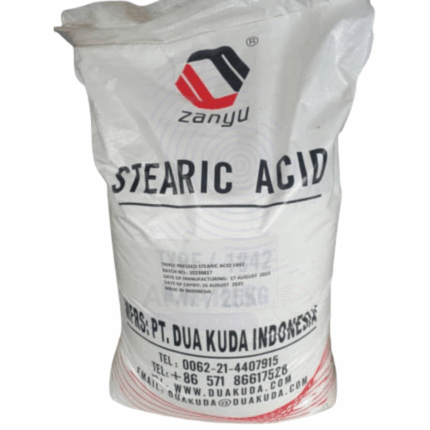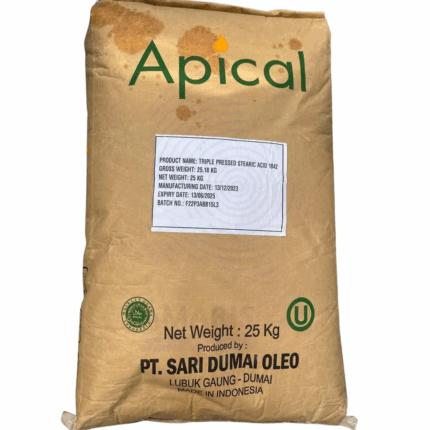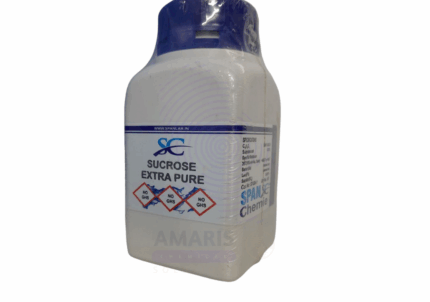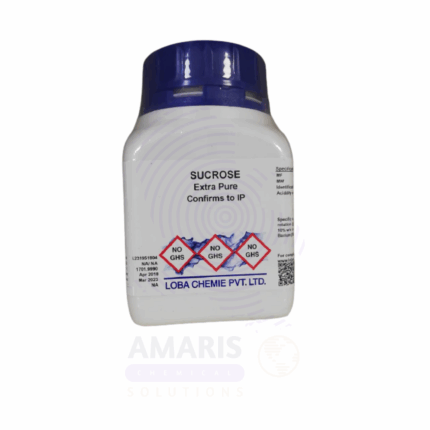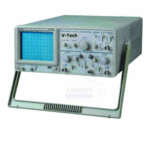
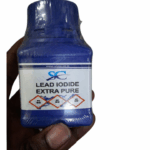
Isopropyl Myristate Extra Pure
$ 34.90 Original price was: $ 34.90.$ 34.76Current price is: $ 34.76.
Isopropyl Myristate Extra Pure is a high-purity ester derived from isopropyl alcohol and myristic acid, commonly used for its excellent solvent and emollient properties. It appears as a colorless to slightly yellow, oily liquid with a faint odor. In laboratory and cosmetic settings, it serves as a solvent and carrier for active ingredients, particularly in topical formulations, where it enhances skin absorption without leaving a greasy residue. Its purity makes it suitable for precise formulation work in pharmaceutical, cosmetic, and personal care research. Isopropyl Myristate is also used in the preparation of perfumes and as a penetration enhancer in transdermal drug delivery systems.
Isopropyl Myristate Extra Pure
Primary Uses
- Solvent for Drug Delivery Studies:
Widely used as a non-polar solvent and penetration enhancer in transdermal drug delivery experiments, especially in formulation labs. - Emollient in Cosmetic Formulation Research:
Serves as a model emollient in laboratory studies focused on the development of creams, lotions, and topical formulations. - Carrier Compound in Fragrance and Oil Studies:
Used to dissolve fragrances and essential oils in analytical research related to perfumery and personal care products.
Secondary Uses
- Skin Permeation Experiments:
Commonly used in dermatological and pharmaceutical research to evaluate skin absorption and diffusion rates of active compounds. - Standard in Stability Testing:
Applied in experiments testing the stability of emulsions and cosmetic formulations under various environmental conditions. - Non-volatile Component in Controlled Release Systems:
Studied in labs exploring slow-release delivery systems for pharmaceuticals or active ingredients.
| PACK SIZE |
2.5 Litres Glass bottle |
|---|
1. Basic Identification Attributes
- Product Name: Isopropyl Myristate
- Chemical Name: Propan-2-yl tetradecanoate
- Grade: Extra Pure
- Chemical Formula: C₁₇H₃₄O₂
- Molecular Weight: 270.45 g/mol
- CAS Number: 110-27-0
- Appearance: Clear, colorless to pale yellow oily liquid
- Odor: Faint, characteristic ester odor
2. Composition
- Purity: ≥99% (Extra Pure grade)
- Main Component: Isopropyl Myristate
- Impurities: Trace esters or alcohols (very low in lab grade)
3. Physical & Chemical Properties
- Boiling Point: ~167 °C at 10 mmHg
- Melting Point: ~-5 °C
- Flash Point: ~145 °C (closed cup)
- Density: ~0.85 g/cm³ at 25 °C
- Solubility: Insoluble in water; miscible with alcohols, oils, and organic solvents
- Viscosity: Low to medium
- Stability: Stable under normal lab conditions
4. Safety & Hazard Attributes
- GHS Classification:
✅ Not classified as hazardous under normal laboratory use - Hazard Statements:
- Not expected to be hazardous
- May cause mild skin or eye irritation with prolonged contact
- PPE Requirements:
- Lab coat
- Gloves (nitrile recommended)
- Safety goggles
- First Aid Measures:
- Skin Contact: Wash with soap and water
- Eye Contact: Rinse thoroughly with water for several minutes
- Inhalation: Move to fresh air (not volatile, low risk)
- Ingestion: Rinse mouth; seek medical advice if discomfort persists
- Fire Hazards:
- Combustible at high temperatures
- Use dry chemical, CO₂, or foam to extinguish
5. Storage & Handling Attributes
- Storage Conditions:
- Store in tightly closed container
- Keep in a cool, dry, well-ventilated place
- Protect from direct sunlight and strong oxidizers
- Handling Tips:
- Avoid contact with eyes
- Wash hands after use
- No special ventilation required under standard lab use
6. Laboratory Applications
- Primary Uses:
- Solvent and carrier in drug delivery systems
- Component in formulation testing (cosmetic and pharmaceutical)
- Penetration enhancer in transdermal delivery studies
- Used to dissolve lipophilic substances in experiments
- Secondary Uses:
- Emollient in in-vitro skin compatibility studies
- Standard in cosmetic stability and degradation testing
- Extraction solvent in certain fat or oil-based analysis
- Inert medium in controlled-release formulations
SAFETY PRECAUTIONS
Personal Protective Equipment (PPE):
- Wear a lab coat, nitrile gloves, and protective goggles.
- Use in a well-ventilated area or fume hood to prevent inhalation of vapors.
Handling:
- Avoid contact with skin and eyes.
- Do not inhale vapors or mist.
- Practice good hygiene—wash hands thoroughly after handling.
Storage:
- Store in a tightly sealed container in a cool, dry, and well-ventilated place.
- Keep away from heat sources, open flames, and incompatible materials like strong oxidizers.
FIRST AID MEASURES
Inhalation:
- Remove the person to fresh air.
- Get medical attention if symptoms persist.
Skin Contact:
- Wash with soap and water.
- Remove contaminated clothing.
- Seek medical advice if irritation or sensitization occurs.
Eye Contact:
- Rinse cautiously with water for several minutes.
- Remove contact lenses if present and easy to do.
- Seek medical attention if irritation persists.
Ingestion:
- Rinse mouth with water.
- Do not induce vomiting.
- Seek immediate medical advice.
FIRE FIGHTING MEASURES
Flammability:
- Combustible liquid—can catch fire if heated above its flash point.
Extinguishing Media:
- Use dry chemical, CO₂, or alcohol-resistant foam.
- Water spray may be used to cool exposed containers.
Hazardous Combustion Products:
- May produce carbon monoxide and carbon dioxide during combustion.
Firefighter Protection:
- Wear full protective clothing and self-contained breathing apparatus (SCBA).
- Keep unnecessary personnel away from the fire area.


 Preservatives(food)
Preservatives(food) Flavor Enhancers
Flavor Enhancers Acidulants
Acidulants Sweeteners
Sweeteners Antioxidants
Antioxidants Colorants(food)
Colorants(food) Nutraceutical Ingredients (food)
Nutraceutical Ingredients (food) Nutrient Supplements
Nutrient Supplements Emulsifiers
Emulsifiers
 Collectors
Collectors Dust Suppressants
Dust Suppressants Explosives and Blasting Agents
Explosives and Blasting Agents Flocculants and Coagulants
Flocculants and Coagulants Frothers
Frothers Leaching Agents
Leaching Agents pH Modifiers
pH Modifiers Precious Metal Extraction Agents
Precious Metal Extraction Agents
 Antioxidants(plastic)
Antioxidants(plastic) Colorants (Pigments, Dyes)
Colorants (Pigments, Dyes) Fillers and Reinforcements
Fillers and Reinforcements Flame Retardants
Flame Retardants Monomers
Monomers Plasticizers
Plasticizers Polymerization Initiators
Polymerization Initiators Stabilizers (UV, Heat)
Stabilizers (UV, Heat)
 Antifoaming Agents
Antifoaming Agents Chelating Agents
Chelating Agents Coagulants and Flocculants
Coagulants and Flocculants Corrosion Inhibitors
Corrosion Inhibitors Disinfectants and Biocides
Disinfectants and Biocides Oxidizing Agents
Oxidizing Agents pH Adjusters
pH Adjusters Scale Inhibitors( water)
Scale Inhibitors( water)
 Antioxidants(cosmetic)
Antioxidants(cosmetic) Emollients
Emollients Fragrances and Essential Oils
Fragrances and Essential Oils Humectants
Humectants Preservatives
Preservatives Surfactants(cosmetic)
Surfactants(cosmetic) Thickeners
Thickeners UV Filters
UV Filters
 Fertilizers
Fertilizers Soil Conditioners
Soil Conditioners Plant Growth Regulators
Plant Growth Regulators Animal Feed Additives
Animal Feed Additives Biostimulants
Biostimulants Pesticides (Herbicides, Insecticides, Fungicides)
Pesticides (Herbicides, Insecticides, Fungicides)
 Active Pharmaceutical Ingredients (APIs)
Active Pharmaceutical Ingredients (APIs) Excipients
Excipients Solvents(pharmaceutical)
Solvents(pharmaceutical) Antibiotics
Antibiotics Antiseptics and Disinfectants
Antiseptics and Disinfectants Vaccine Adjuvants
Vaccine Adjuvants Nutraceutical Ingredients (pharmaceutical)
Nutraceutical Ingredients (pharmaceutical) Analgesics & Antipyretics
Analgesics & Antipyretics
 Analytical Reagents
Analytical Reagents Solvents(lab)
Solvents(lab) Chromatography Chemicals
Chromatography Chemicals Spectroscopy Reagents
Spectroscopy Reagents microbiology-and-cell-culture-reagents
microbiology-and-cell-culture-reagents Molecular Biology Reagents
Molecular Biology Reagents Biochemical Reagents
Biochemical Reagents Inorganic and Organic Standards
Inorganic and Organic Standards Laboratory Safety Chemicals
Laboratory Safety Chemicals Specialty Laboratory Chemicals(Special Laboratory Equipment)
Specialty Laboratory Chemicals(Special Laboratory Equipment)
 Demulsifiers
Demulsifiers Hydraulic Fracturing Fluids
Hydraulic Fracturing Fluids Scale Inhibitors(oil)
Scale Inhibitors(oil) Surfactants(oil)
Surfactants(oil) Drilling Fluids
Drilling Fluids
 Dyes and Pigments
Dyes and Pigments Bleaching Agents
Bleaching Agents Softening Agents
Softening Agents Finishing Agents
Finishing Agents Antistatic Agents
Antistatic Agents
 Admixtures
Admixtures Waterproofing Agents
Waterproofing Agents Sealants and Adhesives
Sealants and Adhesives Curing Compounds
Curing Compounds Concrete Repair Chemicals
Concrete Repair Chemicals Anti-Corrosion Coatings
Anti-Corrosion Coatings
 Surfactants(cleaning)
Surfactants(cleaning) Builders
Builders Enzymes
Enzymes Solvents (Cleaning)
Solvents (Cleaning) Fragrances
Fragrances
 Electronic Chemicals
Electronic Chemicals Catalysts
Catalysts Lubricants
Lubricants Photographic Chemicals
Photographic Chemicals Refrigerants
Refrigerants Automotive chemicals
Automotive chemicals Pyrotechnic Chemicals
Pyrotechnic Chemicals
 Biodegradable Surfactants
Biodegradable Surfactants Bio-based Solvents
Bio-based Solvents Renewable Polymers
Renewable Polymers Carbon Capture Chemicals
Carbon Capture Chemicals Wastewater Treatment Chemicals
Wastewater Treatment Chemicals
 Pigments
Pigments Solvents(paint)
Solvents(paint) Specialty Coatings
Specialty Coatings Binders/Resins
Binders/Resins Additives
Additives Driers
Driers Anti-Corrosion Agents
Anti-Corrosion Agents Functional Coatings
Functional Coatings Application-Specific Coatings
Application-Specific Coatings
 Fresh Herbs
Fresh Herbs Ground Spices
Ground Spices Whole Spices
Whole Spices Spice Blends
Spice Blends Dried Herbs
Dried Herbs
 Leavening Agents
Leavening Agents Dough Conditioners
Dough Conditioners Flour Treatments
Flour Treatments Fat Replacers
Fat Replacers Decoratives
Decoratives Preservatives(baking)
Preservatives(baking)
 Plasticizers & Softeners
Plasticizers & Softeners Reinforcing Agents
Reinforcing Agents Adhesion Promoters
Adhesion Promoters Vulcanizing Agents
Vulcanizing Agents Antidegradants
Antidegradants Blowing Agents
Blowing Agents Fillers & Extenders
Fillers & Extenders Accelerators & Retarders
Accelerators & Retarders